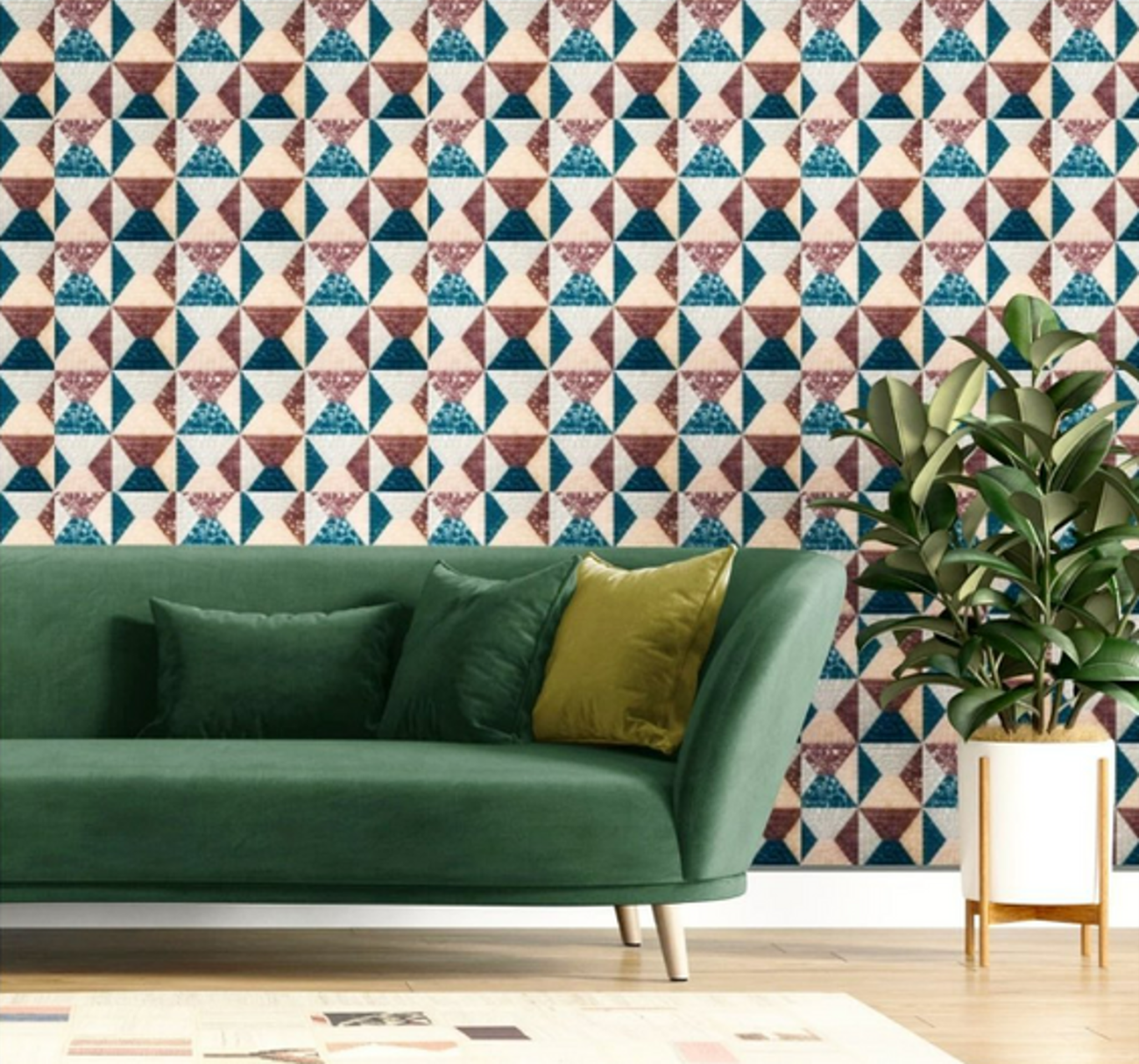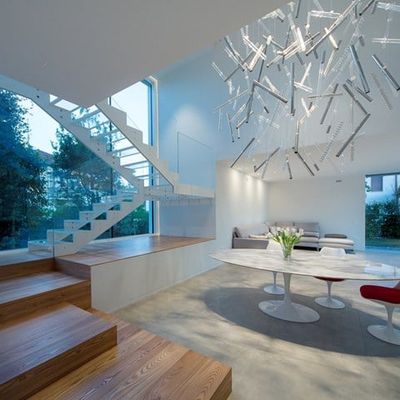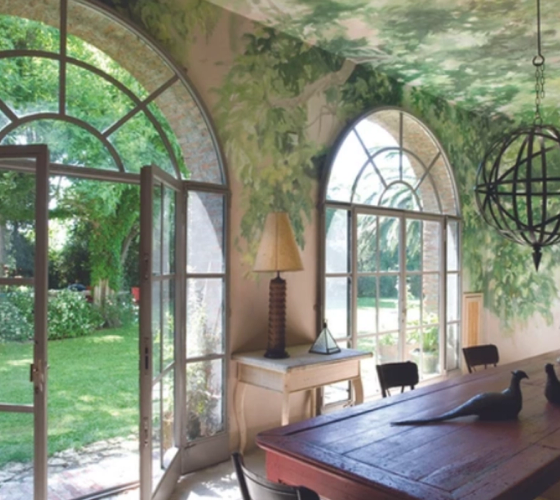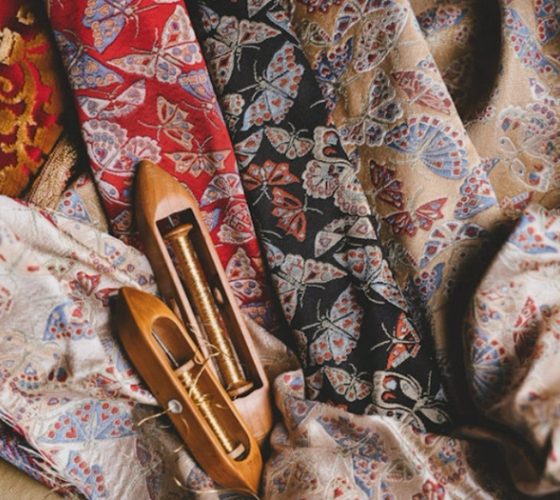
The Sensory Marketing Advantage: How Artisanal Design Captures Attention
The Intersection of Sensory Marketing and Interior Design
In today’s competitive market, brands must go beyond aesthetics to create immersive experiences that engage customers on a deeper level. Sensory marketing—a strategy that influences sight, touch, sound, smell, and even taste—has become a crucial tool in shaping perception, fostering loyalty, and enhancing the value of a space. In luxury interior design, the integration of artisanal elements takes this concept to a new level, offering a multi-sensory journey that reinforces brand identity and deepens the emotional connection with users.
Why Sensory Design is a Competitive Advantage
Unlike conventional design approaches that prioritize visual appeal, sensory-focused interiors create lasting impressions by stimulating multiple senses simultaneously. Research shows that human memory is highly influenced by sensory input, with tactile and olfactory elements having some of the strongest recall capabilities.
A well-designed environment crafted with artisanal materials can:
- Increase customer dwell time in retail and hospitality settings.
- Enhance brand perception through the use of high-quality, handmade materials.
- Drive emotional engagement, making spaces feel more inviting, authentic, and memorable.
- Encourage repeat visits by creating an environment that feels distinct and irreplaceable.
- Convey exclusivity through textures, scents, and materials that mass production cannot replicate.
The Role of Artisanal Elements in Sensory-Driven Interiors
1. Texture and Materiality: Engaging Touch and Sight
Handcrafted materials provide a depth of texture and authenticity that mass-produced objects cannot replicate. A polished metal surface feels vastly different from a hand-hammered one; a handwoven textile exudes warmth and richness absent in synthetic alternatives. In a luxury retail space, the incorporation of hand-dyed leather furnishings or hand-carved stone accents creates a tactile interaction that subconsciously signals exclusivity and craftsmanship.
Additionally, interior designers who prioritize textured walls and furniture over generic smooth surfaces create an environment that invites guests to explore through touch. Whether it’s a custom ceramic installation with three-dimensional reliefs or a stone accent wall with raw edges, these elements enhance depth and atmosphere in any space.
2. Acoustic Design: How Materials Influence Sound Perception
Acoustics play an essential role in shaping the way people experience a space. Artisanal design elements—such as customized wooden paneling or textured ceramics—can enhance sound diffusion, creating a balanced atmosphere. Luxury hospitality brands often use handcrafted acoustic panels to reduce ambient noise while maintaining an elegant aesthetic.
For example, restaurants that incorporate sound-absorbing textiles or sculptural wooden panels achieve a more intimate dining experience, preventing excessive echo while maintaining a sophisticated ambiance. This approach is particularly useful in high-end retail spaces and luxury hotels, where excessive noise can disrupt the sense of exclusivity.
3. Scent as a Brand Signature
While often overlooked, scent is one of the most powerful emotional triggers in interior design. High-end hotels and flagship stores frequently use custom fragrances, but the choice of materials can also contribute to olfactory branding. Naturally finished woods, handmade paper, and wax-treated leather emit organic scents that reinforce a brand’s commitment to craftsmanship and quality.
The choice of scent also aligns with the space’s intended emotional effect—warm, smoky cedar evokes tradition and depth, while floral-infused handmade textiles create a fresh and welcoming atmosphere.
Download Our Handbook: Discover how artisanal craftsmanship enhances sensory-driven interiors. Download Now
Case Study: Bulgari Hotel Rome—A Masterclass in Sensory Design
A prime example of sensory-driven design in the luxury sector is the Bulgari Hotel Rome, which masterfully integrates materiality, acoustics, and scent to create an unmistakable brand identity. The hotel’s interiors feature hand-chiseled travertine stone, custom Murano glass lighting, and bespoke leather detailing, providing an immersive experience that engages multiple senses at once. Beyond visual appeal, these materials absorb and reflect light uniquely, alter the acoustics of each space, and contribute to the refined olfactory ambiance of the hotel. This deliberate attention to sensory marketing elevates the guest experience and reinforces Bulgari’s heritage of excellence.
Implementing Sensory Marketing in Interior Projects
1. Identify the Brand’s Sensory Identity
Before integrating artisanal elements, designers must first define the emotional and sensory objectives of a space. Ask questions such as:
- What emotions should the space evoke?
- Which sensory elements align with the brand’s story?
- How can materials enhance both functionality and brand perception?
- What sensory triggers will differentiate the space from competitors?
2. Select Materials That Engage Multiple Senses
Each material should serve a dual purpose—both functional and sensory. Some key considerations:
- Tactility: Choose materials that encourage interaction, such as handwoven textiles or sculpted wood.
- Acoustics: Incorporate ceramics, fabric panels, or carved stone to create a warm, balanced sound environment.
- Scent: Opt for natural materials with intrinsic olfactory properties, such as untreated oak, terracotta, or waxed leather.
3. Use Lighting to Highlight Material Qualities
Artisanal materials interact uniquely with light, adding depth and dimension. Hand-blown glass fixtures, for example, scatter light in organic ways, while etched metal screens cast intricate shadows that enhance the overall atmosphere. Thoughtful lighting design ensures that the textures and forms of crafted materials are fully appreciated.
4. Balance Traditional and Contemporary Elements
Sensory marketing does not mean replicating historic interiors. The key is to seamlessly blend timeless artisanal elements with modern design principles, ensuring that the space feels curated rather than nostalgic. For example:
- A modern gallery with sculpted metal partitions that subtly define spaces while playing with light.
- A minimalist hotel suite with handcrafted stone basins, offering a sensory contrast between smooth and textured surfaces.
The Long-Term Impact of Sensory Design
Sensory marketing, when combined with artisanal craftsmanship, provides businesses with a distinct competitive advantage:
- Stronger emotional connections between customers and brands.
- Higher perceived value of spaces and products.
- Increased customer loyalty due to memorable, multi-sensory experiences.
- Enhanced storytelling, as sensory elements contribute to the brand’s narrative in a meaningful way.
Investing in artisanal craftsmanship is more than an aesthetic choice—it is a strategic decision that enhances the way people experience and remember a space.
Let’s Create Something Remarkable Together: For personalized consultations and curated solutions, contact us at hello@italianicity.com.







